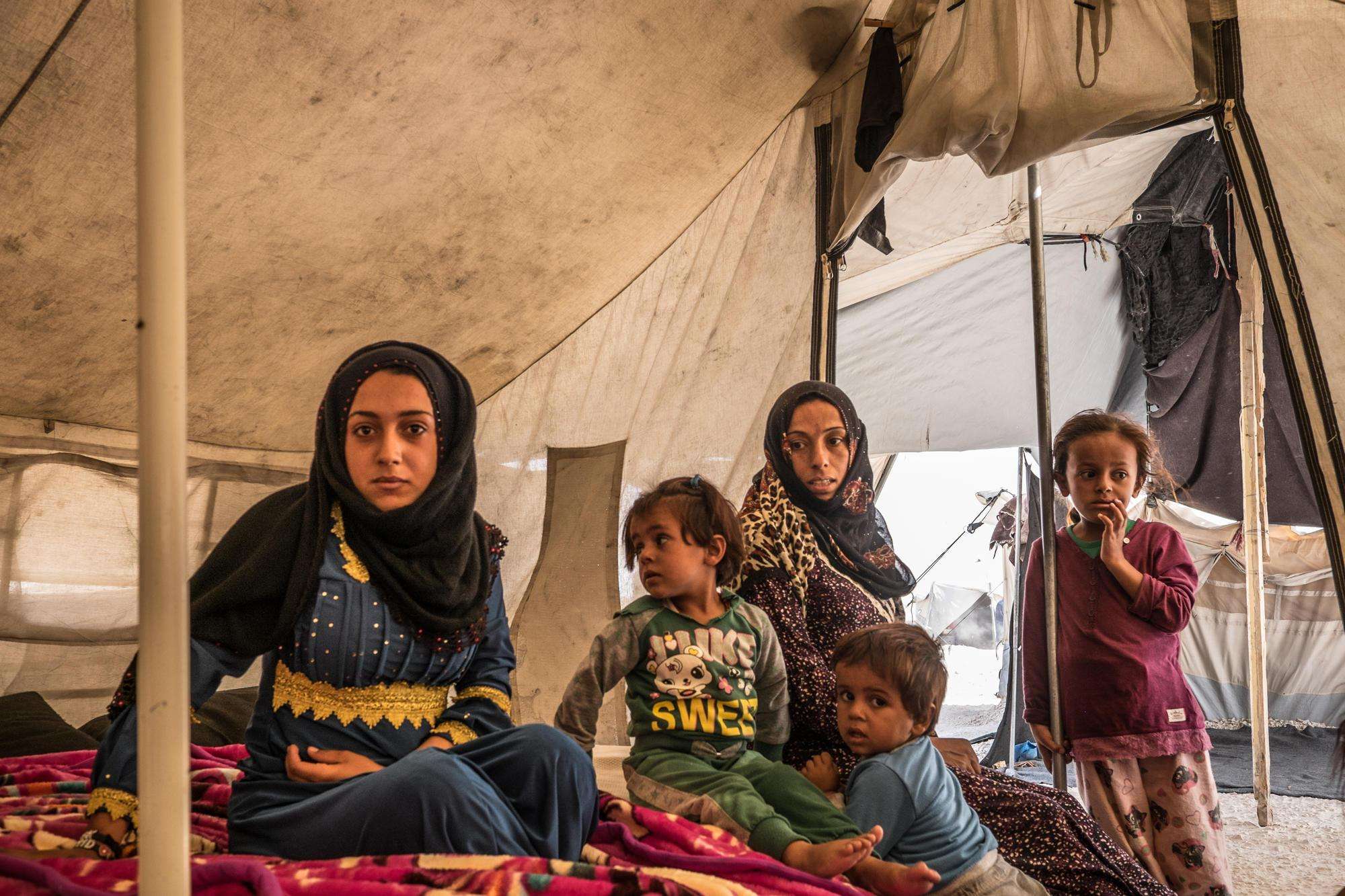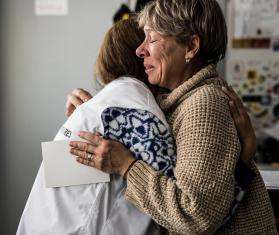After a four-and-a-half–month offensive, the Syrian Democratic Forces (SDF) and an international coalition finally recaptured the city of Raqqa from the so-called Islamic State (IS). The widespread devastation in Raqqa attests to the intensity of the fighting and air strikes—and raises questions about the fate of the city’s residents, civilians who, from the start of the offensive, were trapped with no access to humanitarian aid. Here, Doctors Without Borders/Médecins Sans Frontières (MSF) head of emergency operations Natalie Roberts reflects on the situation.
Has MSF gained access to patients in Raqqa?
MSF was no exception to any other humanitarian organization. We too were unable to obtain access to Raqqa during the offensive. Throughout the duration of the hostilities, our teams found themselves virtually powerless to provide any assistance whatsoever to the people trapped in the city.
Their work was limited to the hospitals in Kobane, Tal Abyad, and Al-Hasakah, and displaced persons camps. After Raqqa was re-captured from IS in the middle of October, close to 1,300 people from the city made it to the camp in Ain Issa, where MSF provides medical care. Most of them were women and children. The few men accompanying them were either elderly or had been wounded during the offensive and treated in hospitals controlled by the Islamic State in Raqqa.
The displaced people arrived under SDF escort but they told us they’d received no help in getting out of the city to one of the checkpoints set up around Raqqa. Almost half of them are now confined in an area separate from Ain Issa camp. The people we’ve been able to meet with talk about the intensity and the terror of the air strikes and how their living conditions progressively deteriorated.
They described how, for example, many inhabitants who were forced to go out into the street to find water ended up wounded or dead. If a light was switched on in a house at night, it became the target of mortar fire or air strikes. They also told us there’d been more men with them when they escaped but they’d been taken away by the SDF, most likely to a detention center. We don’t know whether any of them needed medical attention and if they’ve received treatment.
What do we know about the civilians who remained in Raqqa during the offensive?
When IS took over in 2014 some of the city’s inhabitants decided to leave and go to Turkey, Europe, or someplace else. Others chose to stay, or they stayed precisely because they had no choice. We know that those with no freedom to choose were often the poor, the elderly, or those with no family or friends to take them in.
And then there were people who couldn’t or quite simply didn’t want to leave their homes. We also know people went to Raqqa because there was work to be had under IS. Reasons behind a decision to go to or stay put in the city weren’t just about openly supporting IS.
It’s impossible to know how many civilians were in the city during the offensive and how many of them were killed or wounded. During the battle for Raqqa nobody cared about the civilians. In the name of a “just war” waged against IS, the coalition inflicted a deluge of fire on the city. Its inhabitants found it extremely hard to flee, especially as they were held hostage by IS. Anyone attempting to escape became a target.
There were no ambulances, so the only way the wounded in Raqqa could be evacuated was in military armored vehicles. Obtaining access to casualties was totally dependent on the good will of the soldiers. Despite the intensity of the coalition air strikes, which culminated in the total destruction of the city, very few civilian casualties were evacuated from the battlefield.
The very few hospitals in the region with an emergency room and operating theater—and therefore the capacity to treat the war-wounded—were decidedly underwhelmed. Kobane hospital is the referral hospital for patients with injuries requiring orthopedic treatment, but just three people were admitted during the whole month of September.
The coalition announced that 3,000 civilians were evacuated during the last week of the battle. But it’s impossible to verify this number, as is an SDF spokesperson’s claim that there were no civilians left in Raqqa at the time of the final assault. Ultimately, we’ll probably never know how many people were wounded or killed during the offensive.




